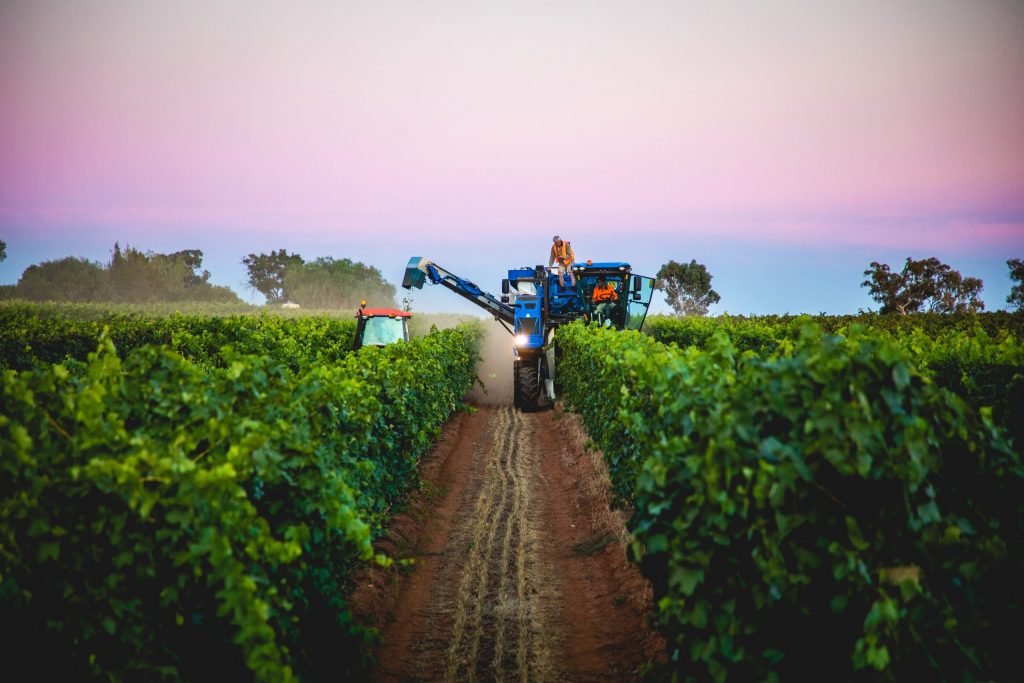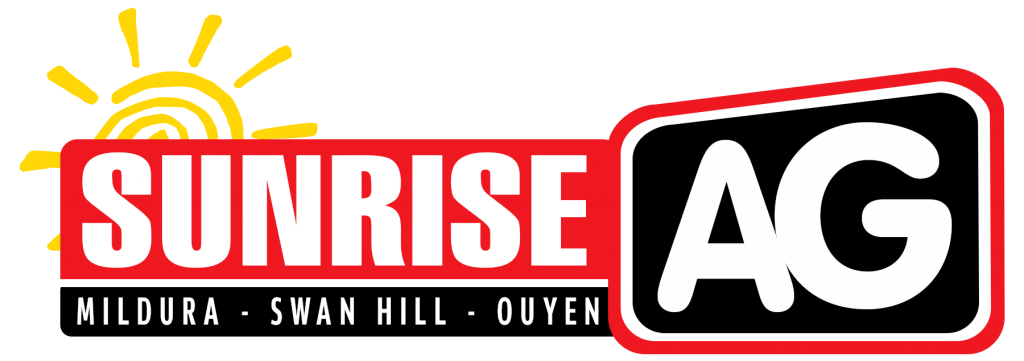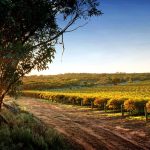Home to quality fruit production, acclaimed winemakers and cutting edge research and development, the Grapegrower & Winemaker, this month, focuses on what makes the Murray Darling and Swan Hill wine region unique, keeping it at the forefront of the Australian grape and wine sector.
Australia’s inland regions play a pivotal role in the country’s wine production, with distinct opportunities and challenges.
Straddling both sides of the mighty Murray and the Victoria-NSW state border, the Murray Darling and Swan Hill region is one of Australia’s largest and most important grape and wine producing areas.
The Murray Darling and Swan Hill wine region has an estimated 14,500 hectares of land under vine with winegrapes, with the top varieties being Chardonnay, Shiraz and Cabernet Sauvignon.
There are nine wineries crushing grapes in the region with an estimated 30 outof-region buyers sourcing fruit to be crushed locally or interstate.
Paul Derrico, executive officer of Murray Valley Winegrowers says the 2020-21 growing season has been “a very good year” for the region’s growers.

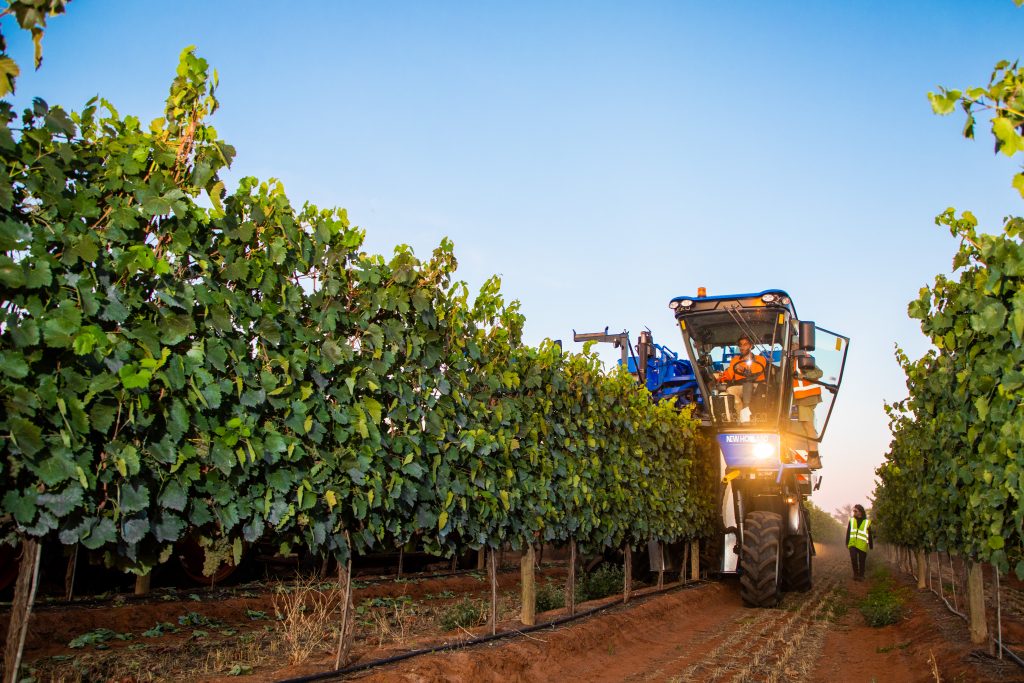
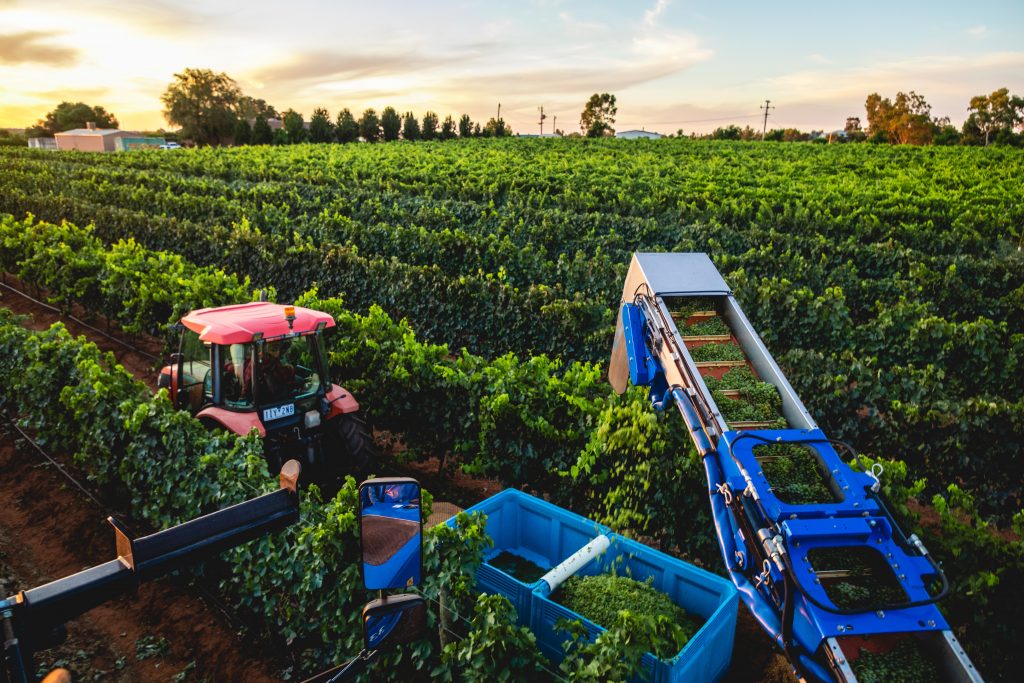
Increased water availability, combined with improved rainfall have made the fruit of a particularly high standard for the region.
“It was actually a very good year,” Derrico said, “We had increased water availability with improved rainfall and very little disease pressure”.
“Through to harvest, we had a very mild summer and little rain. This has meant the quality of wine from the 2021 harvest is expected to be outstanding.”
Both the 2019 and 2020 harvests yielded around 350,000 tonnes of winegrapes, with Derrico predicting this year to be a slight increase to 370,000 tonnes.
Regional concerns
Grape prices remain a concern for the region’s growers, with red prices dropping in value, while whites have seen a slight increase.
“The concern is probably more around the pricing of grapes. After solid increases for the last couple of years, growers would have been reasonably happy. But the prices for red grapes in 2021 have dropped off by about $100 per tonne, which was disappointing for growers,” Derrico said.
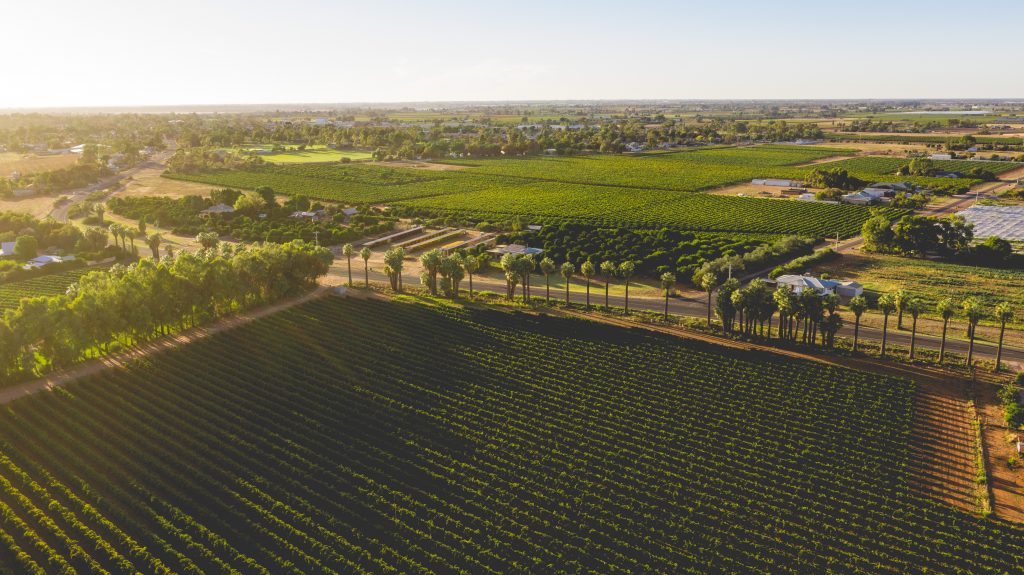
“Although some of the white variety prices have increased by about 10-15%, which is positive.” Derrico says the dip in red grape pricing comes as a result of the immense tariffs on imported Australian wine in China.
“We’re all concerned about the tariffs, there is a negative sentiment surrounding them because in reality, while the Chinese market only covers about 10% of Australia’s production volume, it makes up 40% in export value,” Derrico said.
“The average annual Australian production is about 1.75 million tonnes, which is based on Wine Australia’s data, so the 10% volume is only 171,000 tonnes, but that value is significant to our industry, particularly the cool climate regions.
“In reality, the 2020 crop was only 1.52 million tonnes, so based on Australia’s average total annual sales volumes we would be in short supply of about 230,000 tonnes anyway.”
However, it’s not just the fallout of the Chinese market that concerns inland producers, but the ramifications from the ongoing COVID-19 pandemic.
While not representing the region’s wineries, Derrico has noticed some challenges that producers have faced with COVID-19 restrictions.
“Even though almost every harvest is done by machines, and social distancing in the vineyard was easy to comply with, wineries have had to stagger their workforces a little to accommodate COVID-safe practices; in addition, they have been unable to market their wines through the regular channels due to travel restrictions and the like,” Derrico added.
The main issue concerning inland producers is water, according to Derrico. He says, given the increase in horticultural plantings in the region, the stress on water availability has become an increasing worry for grapegrowers.
“There’s increased plantings in the Murray Darling and Swan Hill region combined with a reduced availability of water from the Murray and Darling Rivers,” Derrico said.
“We’ve had growers who didn’t get their full allocation on the Victorian side of the border, which was only about 66% of what they needed to produce the 2020 crop.
“Against all that, the average cost per megalitre skyrocketed to about $600 against the long term average of $135 per megalitre. I think the water concerns will be an ongoing issue in the region for the foreseeable future.”
Aside from the concern of water limitations and pricing dips, Derrico expects a positive outlook for the region. With challenges come opportunities, and with plenty of new projects and workshops in the pipeline, the outlook is good.
– All photos are courtesy of MVW and AdMedia.
This article was originally published in the May 2021 issue of the Australian & New Zealand Grapegrower & Winemaker. To find out more about our monthly magazine, or to subscribe, click here!
Are you a Daily Wine News subscriber? If not, click here to join our mailing list. It’s free!

